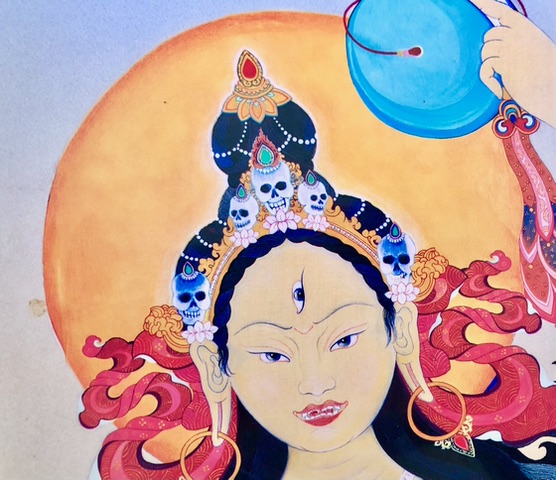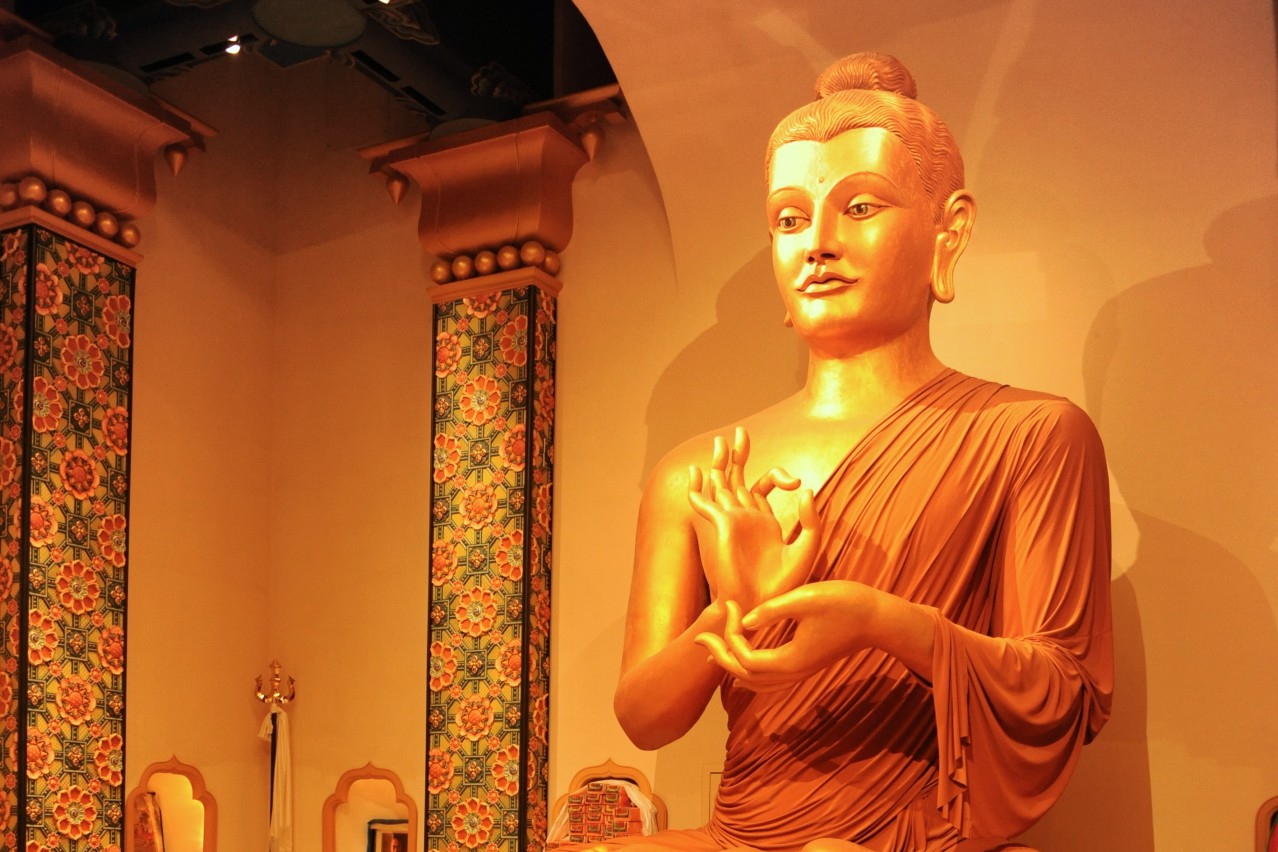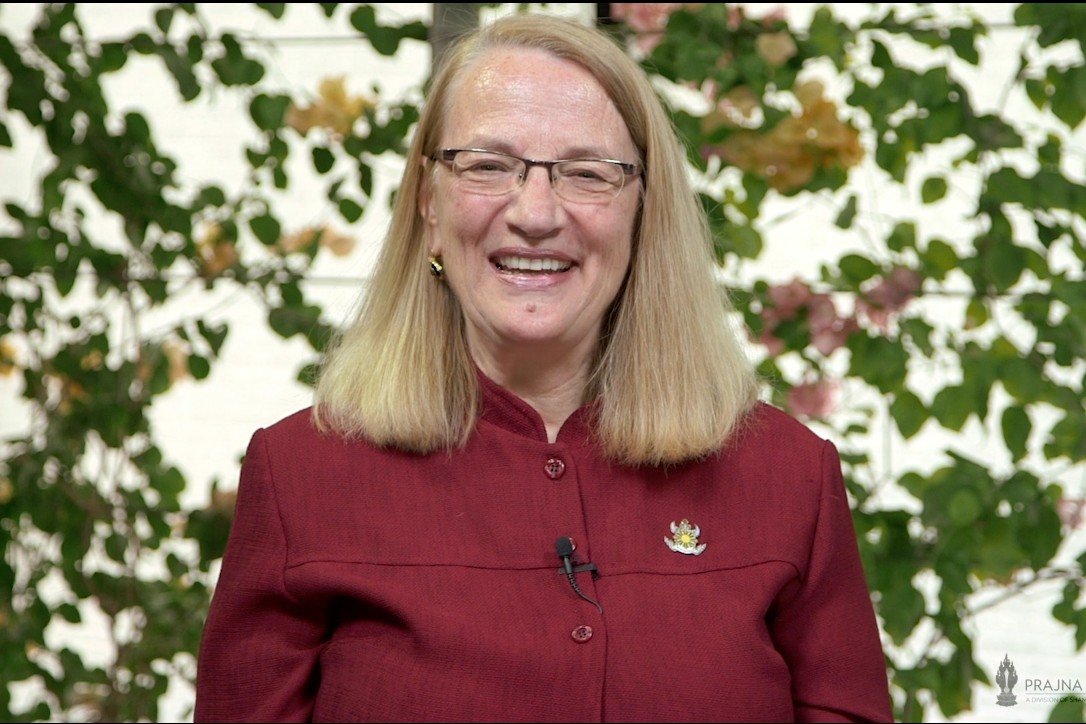Dakini’s Warm Breath Weekthun, March 12-19, 2023
By Judith Simmer-Brown //
During these challenging times, I’ve taken great inspiration from the dakini lore and practices. Introduced to me decades ago by my root teacher, Chögyam Trungpa, I have found that they infuse my life with power and meaning when navigating obstacles, heartbreak, and fear. Tibetan Buddhist lineages have transmitted dakini lore in stories long treasured in the tradition. In this retreat, we will turn to these stories for inspiration and guidance in our practice.
Awaken to the truth of things
Dakinis represent the inner spirituality of the practitioner, especially our insightful discoveries in meditation. Because we often forget or resist those discoveries, dakinis are said to appear in visionary form in dreams or transitions to awaken us to the truth of things. Or they invisibly escort us in our inner journeys, bringing sanity and openness. They also work in surprising and outrageous ways to cut our habitual patterns, embarrass our concepts, and expose our spiritual potential. They communicate symbolically, intuitively, through our own wisdom-minds.
Freedom and openness come from relaxing with change
Dakinis also celebrate groundlessness. They are known as “sky-dancers” who thrive in ambiguity and openness and invite us to join them. Their dance points to the space in which they move, and they are constantly teaching through symbolic words, gazes, and gestures that groundlessness permeates every moment of our experience. These experiences initially spark fear and uncertainty, but dakinis remind us that eventually freedom and openness come from relaxing with change. We have the resources to be with the many transitions of our lives without staking out ego’s territory.
It is especially in our meditation practice that dakinis whisper these truths to us, drawing out our inherent wisdom, supporting our bravery in uncertainty, connecting us to the way things really are rather than what we often think they are. Of course, these whispers are not in words as such. They are found in the dawning of insight that streams through our intuitive experiences in practice.
Each day during our retreat, we will turn to dakini stories and lore to remind us of our true natures, and to inspire our opening to all experiences of our lives, even the most difficult ones. Dakini’s warm breath refers to the intimacy of these realizations, available to us especially on retreat. Whether practicing White Tara, Vajrayogini, or sitting practice, we will attune ourselves to the wisdom whispered by the dakinis.
Join us March 12-19, 2023
About the Author






Leave a Reply
Want to join the discussion?Feel free to contribute!